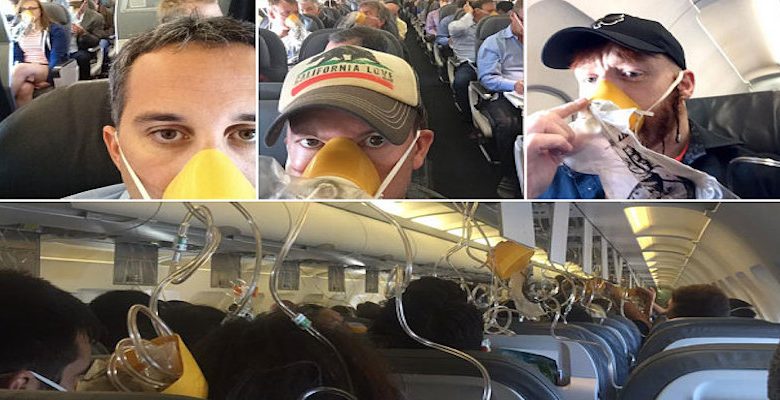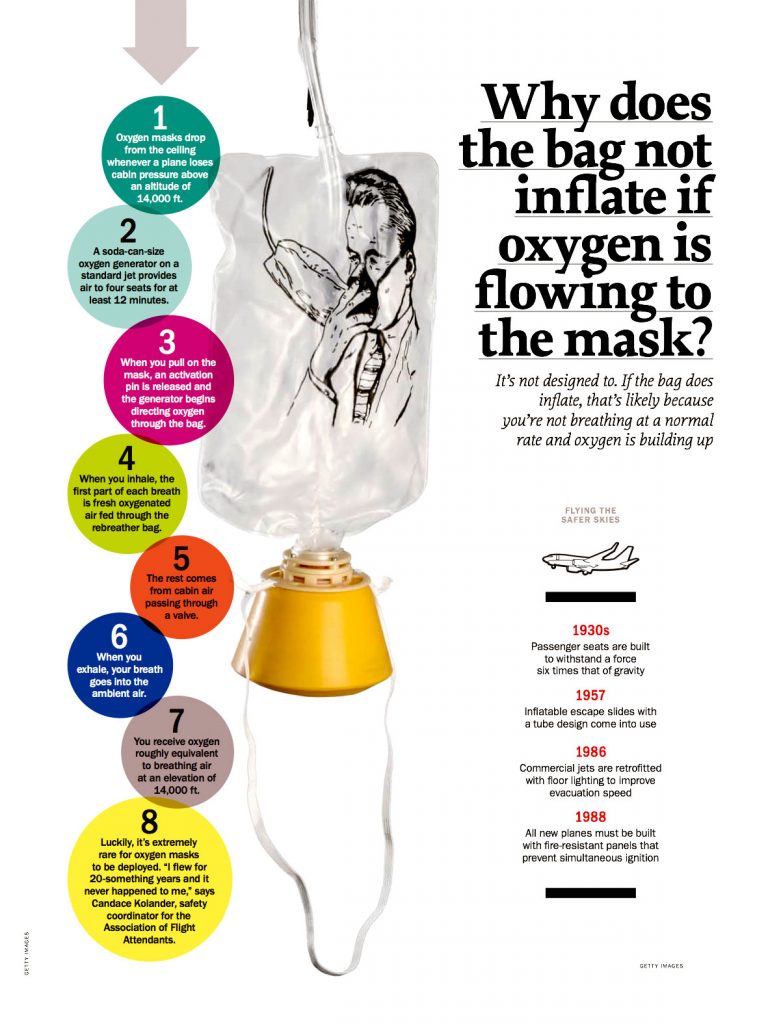
Fake Oxygen In A Plane Emergency?
The recent mid-air emergency onboard a Southwest Airlines New York to Dallas flight was severe enough to force the oxygen masks to deploy at 35,000 feet, prompting the question: exactly where does the fake oxygen inside these masks come from?
Technology
For anyone who has ever found themselves in the midst of an airline emergency, prayers and tears have likely upstaged any logical thought about the oxygen masks and how they might be helping to keep us conscious. So, now that we’re all outside of an actual plane disaster, let’s take a moment to learn more about the fake oxygen we’d all rely on during an airline crisis.
In case you’re unaware, airlines are not built with some communal oxygen tank for us to all share in the event of an emergency. No! The added weight alone of some massive scuba tank would probably prevent the plane from even becoming airborne. The truth is when the oxygen masks drop and you are told to tug on your mask in order to start the flow of oxygen, you would actually be pulling the pin on a chemical process of fake oxygen generators, otherwise known as “oxygen candles.” Or in other words, you wouldn’t be inhaling actual oxygen, but a synthetic or ‘fake oxygen’ especially for airplanes.

When burned, these oxygen generator chemicals release oxygen as a gas. The bags will not inflate and the gas will produce a smell similar to a burning match. Any additional chemicals are then filtered out once the fake oxygen flows through to your mask, and the entire process continues until it burns out.
Oxygen candles are about the size of a package of tennis balls. They burn reliably well and last approximately 12 to 20 minutes — which should certainly be enough time for a descending plane to reach an altitude for passengers to breathe safely on their own.
In addition to providing a fake oxygen source, oxygen masks also provide the psychological satisfaction that something helpful is being done to avert a crisis. The masks are beneficial in prompting a passenger to continue to breathe, to continue to stay conscious and alert, and to not panic.





